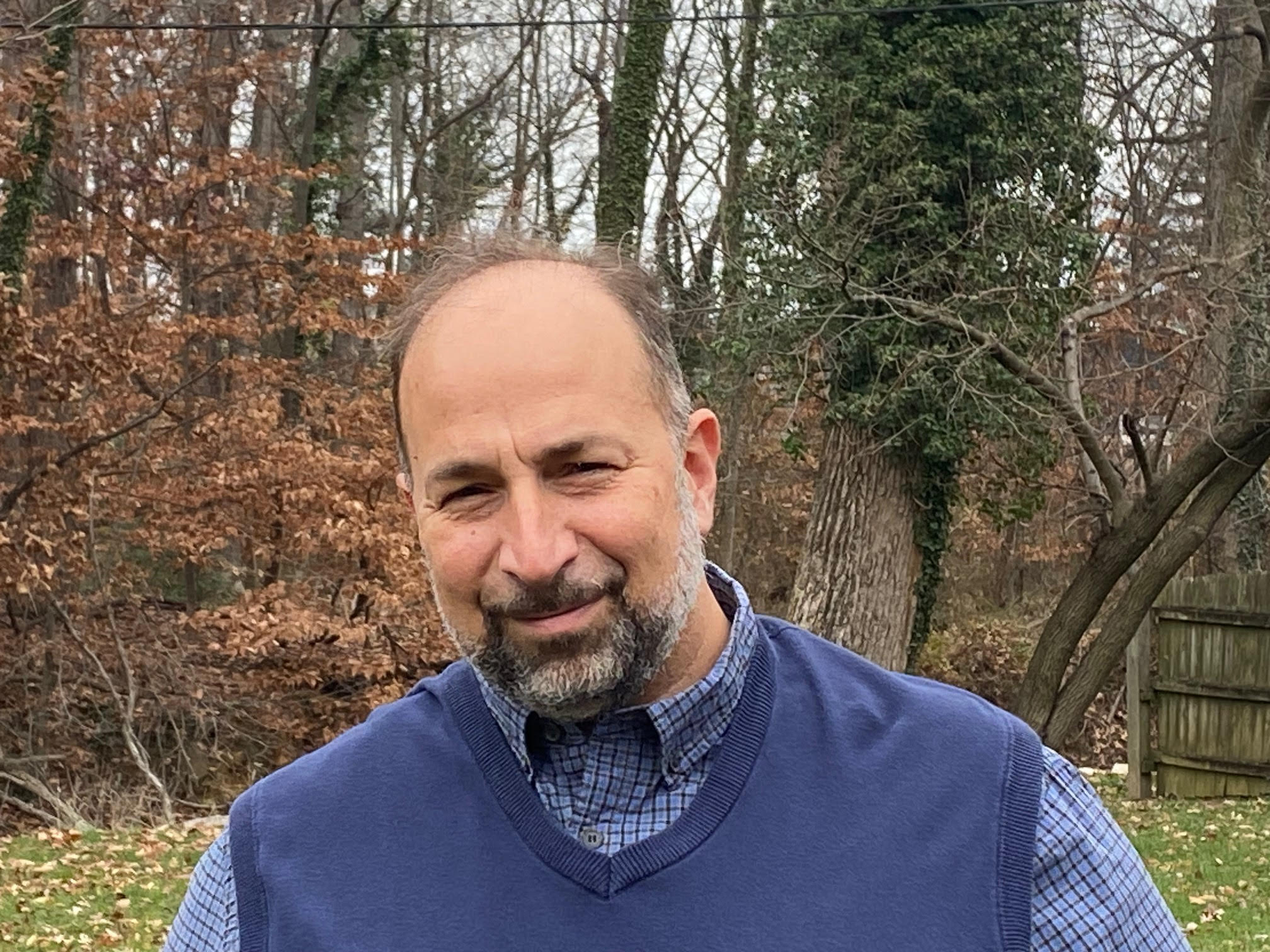Quint Gregory

Director, Michelle Smith Collaboratory for Visual Culture, Art History and Archaeology
quint@umd.edu
4213D Parren J. Mitchell Art-Sociology Building
Get Directions
Education
Ph.D., Art History, University of Maryland
Research Expertise
Digital Art History
Digital Humanities
Early Modern Studies
Quint Gregory principally is Director of the Michelle Smith Collaboratory for Visual Culture, but tries on many hats at the University of Maryland beyond the Department. He loves the chance conversation (or the planned one!) that leads to ideas and projects that further intellectual, pedagogic, and creative goals of folks in the Department, College, University, and communities beyond, particularly if the resulting collaborative work brings together people from these many spaces.
After a Fulbright-fueled year of research in the Netherlands in 2000-2001, Quint earned his doctorate in Art History with a focus on Dutch and Flemish (but especially Dutch) art history from the Department. His dissertation systematically examined the formal development of seventeenth-century Haarlem (the Dutch city for which Harlem is named) food still life paintings, for which work he developed a database of some 600 paintings characterized by the objects depicted in them and the formats in which they were painted. This early foray in digital humanities (DH) laid a basis for his continued interest in and engagement with computational and digital means by which the discipline can be expanded.
For well over a decade Quint taught popular seminars of his own design in the Honors College that focused on museums and society (Attending The Blockbuster & Does the Museum Need a Killer App?), inspiration for which he drew on nearly a decade of work in area museums (National Gallery of Art, Walters Art Gallery) on major exhibitions such as Johannes Vermeer, Jan Steen, and Masters of Light: Seventeenth-Century Dutch Painters from Utrecht, and The public and the private in the age of Vermeer at the Osaka Municipal Museum of Art in 1999, as well as smaller exhibitions for the National Gallery of Art Library. Recently Quint has taught seminars for the Museum Scholarship and Material Culture certificate program at the University of Maryland and is developing a course that bring together communities and campus in shared creative placemaking around cultural heritage.
When not at the University Quint delights in time with his family, travels with his wife and projects that exhaust both mind and body but renew the spirit
Publications
Thinking through Data in the Humanities and in Engineering
This article considers how the same data can be differently meaningful to students in the humanities and in data science.
Author/Lead: Elizabeth A. HonigContributor(s): Christian Cloke, Quint Gregory
Non-ARHU Contributor(s): Deb Niemeier
This article considers how the same data can be differently meaningful to students in the humanities and in data science. The focus is on a set of network data about Renaissance humanists that was extracted from historical source materials, structured, and cleaned by undergraduate students in the humanities. These students learned about a historical context as they created first travel data, and then the network data, with each student working on a single historical figure. The network data was then shared with a graduate engineering class in which students were learning R. They too were assigned to acquaint themselves with the historical figures. Both groups then created visualizations of the data using a variety of tools: Palladio, Cytoscape, and R. They were encouraged to develop their own questions based on the networks. The humanists' questions demanded that the data be reembeded in a context of historical interpretation—they wanted to reembrace contingency and uncertainty—while the engineers tried to create the clarity that would allow for a more forceful, visually comprehensible presentation of the data. This paper compares how humanities and engineering pedagogy treats data and what pedagogical outcomes can be sought and developed around data across these very different disciplines.
Read More about Thinking through Data in the Humanities and in Engineering

